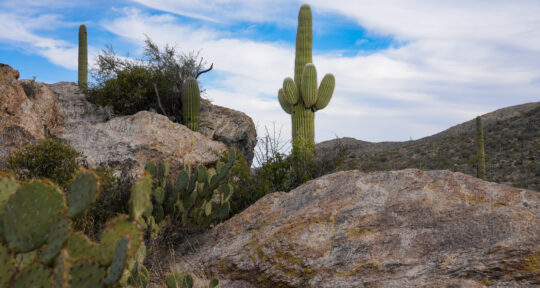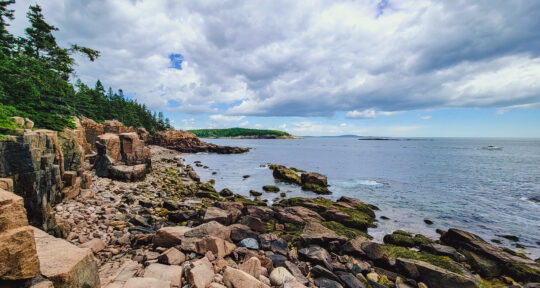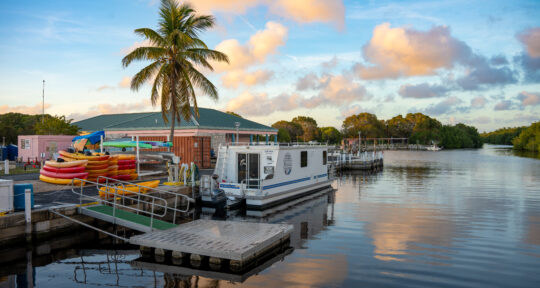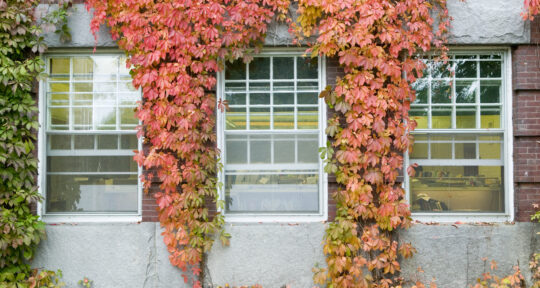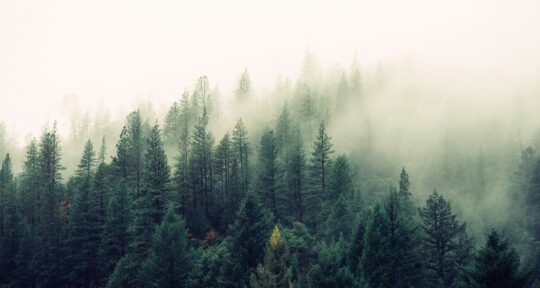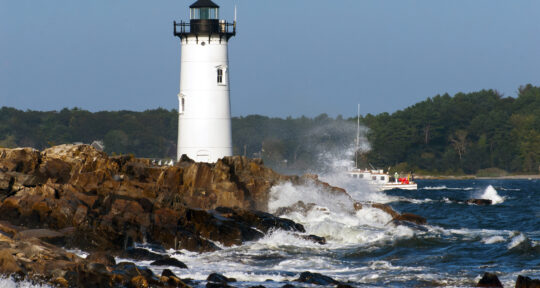“Is there any water nearby?” the woman asked. We were deep in the backcountry of Grand Teton National Park. She was dressed in cotton and seemed to have very little gear with her. I told her there was a small creek ahead if she had a way to purify water. She did not. I helped her locate some backpackers with a water filter and quietly wondered whether she was actually looking for a water fountain on a trail miles and miles from civilization.
Ill-prepared hikers aren’t an uncommon sight in national parks, but their numbers seem to be increasing as hard-to-reach spots gain popularity on social media. That is one of the reasons organizations like the Jackson Hole Travel & Tourism Board are working to encourage “generic geotagging.”
On social media platforms like Instagram, geotagging means adding a geographical identifier to a photo, allowing its location to be easily viewed on a map within the app.
The idea of the Jackson Hole campaign is to replace the actual geographic location with “Tag Responsibly, Keep Jackson Hole Wild”—or a location tag of a general area, like a state or a national park. The aim is to discourage people from blindly following social media geotags to areas they are unprepared for, and also to reduce traffic in some of these areas. The recent “super-bloom tourism” in California serves as an example of how viral photos can cause real, lasting damage to public lands.
Geotagging doesn’t just reveal the locations of off-the-beaten-path flower fields. In African game reserves, visitors are asked to turn off geotagging on their phones to avoid tipping off poachers about the locations of animals like rhinos. Visitors to some archaeological sites are also asked to turn off geotagging to prevent looting of the sites. An errant geotag even led to the capture of John McAfee in 2012, when a photo of him was posted online without removing location information.
Thoughtful tagging
While geotags certainly can be useful in some situations, more people and organizations are encouraging social media users to think carefully before they post images with geotags. One of Leave No Trace’s social media guidelines is to “Tag thoughtfully—avoid tagging (or geotagging) specific locations. Instead, tag a general location such as a state or region.” The #nogeotag hashtag is also gaining popularity.
The impetus for Jackson Hole’s campaign, which began last fall, was one particular backcountry lake in Grand Teton National Park. This lake—we’ll call it “Gem Lake,” though that’s not its real name—is seeing a huge surge in visitors due to its popularity on social media.
The cerulean blue high-country lake is the scene of thousands of Instagram posts, with images ranging from wedding photos to “suns out, buns out” shots of rear ends. But it isn’t an easy hike. To reach the lake, visitors have to travel a steep off-trail route—requiring navigation and route-finding skills far more advanced than following geotag coordinates—and traverse a treacherous boulder field, all in grizzly country. While some hikers are prepared for these challenges, many are not. Inexperienced hikers have trampled vegetation, left trash behind, and disturbed wildlife. Some have been injured and required rescue.
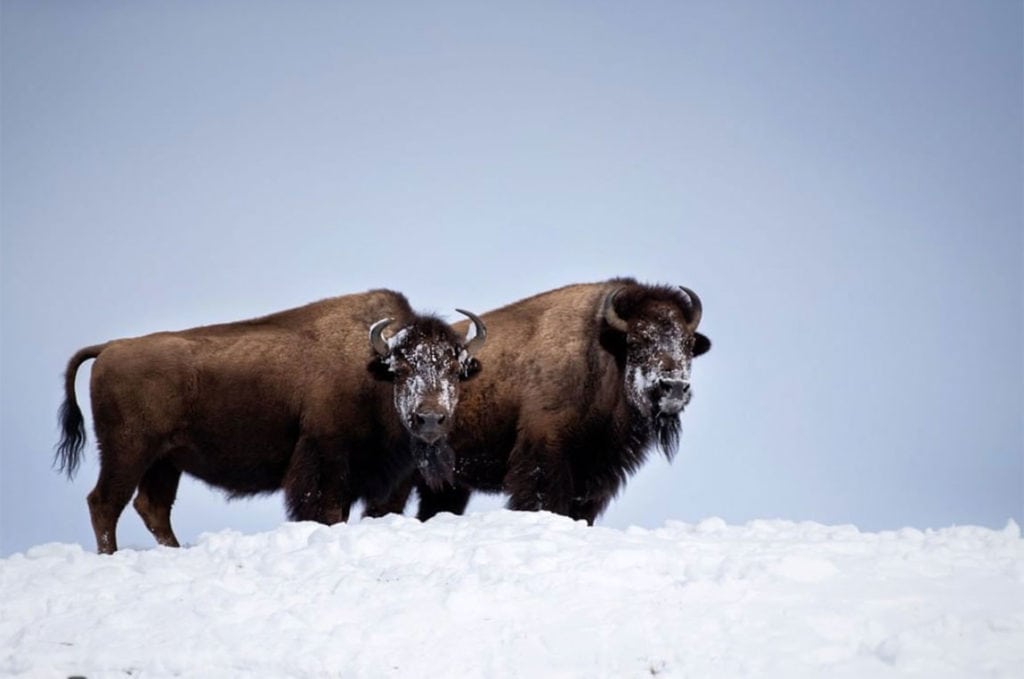
Before social media shared these picture-perfect shots with the world, people typically found out about the lake via word-of-mouth. Even many locals didn’t know how to find it. But geotags have changed that. Now, anyone can click on a geotag and see a pin on a map of exactly where the shot was taken.
“What we don’t want to have happen is people who go to a location based on a geotag not knowing what they’re getting into,” says Kate Sollitt, executive director of the Jackson Hole Travel & Tourism Board. “We would rather they talk to a visitor services agent, or a local, or even a park ranger and do some research to get as much information as they possibly can before embarking on a big adventure. What we don’t want to have is a bad experience at the very least and, at most, an accident.”
Responsible tourism
Early on, the campaign received some backlash. “Initially, there was some talk about how we were being elitist and trying to save our special spots for the locals, but that is not at all the intent of the campaign,” Sollitt says. “It’s part of a bigger effort with the Travel & Tourism Board, and we are hoping that we as a community have certain values about our wildlife, our wild spaces, and our wild places. We hope we can share those with our visitors and they can in turn respect those values and take them home. When they go back to their community, they can replicate some of this responsible tourism and share what we value.”
As part of the campaign, the Jackson Hole Travel & Tourism Board recruited local influencers to use the “Tag Responsibly, Keep Jackson Hole Wild” tag and help spread the word. One of those influencers is Meagan Murtagh, a Jackson mountain lifestyle blogger.
Murtagh knows first-hand how treacherous the hike to Gem Lake can be. Once on the hike, she broke her ankle. She and her companions were prepared and she was able to self-rescue, but she encourages people to thoroughly prepare and take any Teton hike seriously.
“Be prepared for something to happen to you, because getting out is not to mess around with,” Murtagh says, noting that even a short day hike can quickly go awry. “[People] just need to know that even if they’re going out there for a couple hours, it’s the real deal.”
She encourages people who want to explore to properly prepare before they set out. “If you want to do it, do it right,” she says. “Talk to a ranger, get a book, do your research, get a map.”
Wildlife photographers lend support
The Greater Yellowstone Ecosystem is home to some of the greatest wildlife viewing and photography opportunities in the world—and some Jackson-area photographers are taking up the generic geotagging cause to help protect wild animals.
Jackson-based photographer Jake Davis spends most days out photographing wildlife, and he’s seen the impact of geotagging first-hand. “We’ve seen here in the Jackson Hole Valley that people have been tagging very specific locations within the park over the years, and it has totally changed those places,” he says.
“People have been tagging very specific locations within the park over the years, and it has totally changed those places.”
Davis mentions one particular spot where moose congregate during snow months, because its lower snowpack makes it is easier to find food. He says hardly anyone used to go to that spot, but now he’ll find 30 or 40 people out watching a moose browse on vegetation. Lacking the long-range lenses they need to capture a photo from afar, he says people will crowd the animal and sometimes encircle it, vying for a better angle. This causes distress to the animal and sometimes even blocks its escape route. Sometimes, animals will leave their food source to escape the hordes of people.
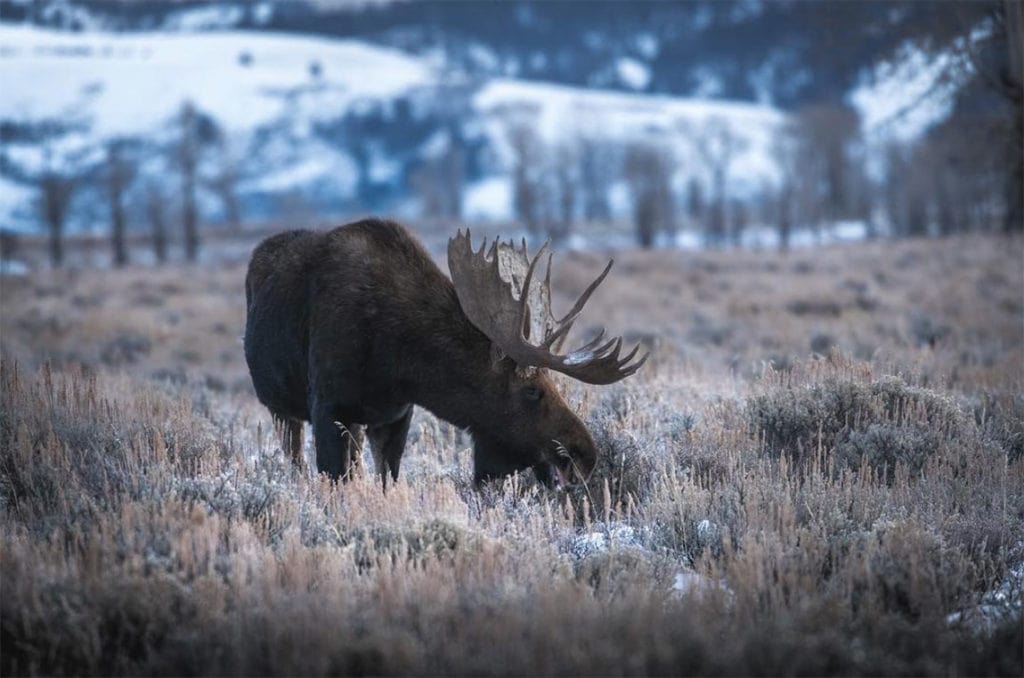
“It turns into a frenzy and it stresses them out, and that’s never a good thing,” Davis says. “It’s never worth stressing an animal out to get a photo. And that’s not to say—we’ve all done it. I’m not sitting here saying I’ve never been in a situation. I’ve made bad decisions, but I hope I learn from that every time and do better.”
Idaho Falls-based photographer Colton Keeton has seen plenty of people approach wildlife far too close—including walking within five to 10 feet of a bull moose. He travels to the Jackson Hole area up to a dozen times per month to capture images of wildlife and the landscape. He’s seen people charged by the animals, which is not only a threat to humans, but also an expenditure of the animal’s limited energy during the winter season when food is scarce.
“We’re in their home and I don’t think people quite understand that when we’re out in the wilderness,” Keeton says. “It’s a wild animal and this is its house and you have to respect it.”
“We’re in their home and I don’t think people quite understand that when we’re out in the wilderness. It’s a wild animal and this is its house and you have to respect it.”
Recently, Davis traveled to a very remote part of Canada in search of an elusive wildlife species. He met a number of other photographers there and they all discussed geotagging. The conversation made many of them go back through a couple years’ worth of images, erasing their geotags or replacing them with very general tags, like “Canada.”
Davis doesn’t believe anyone means any harm with their geotags.
“By and large, it’s innocent, right?” he says. “Nobody’s tagging specific locations thinking about the negative consequences. They did it because the person before them did it and it kind of helps your image show up better if it’s in certain locations.”
But he believes the generic geotagging campaign will help people think about their actions. “Even just reading that—‘tag responsibly’—makes people stop for a minute. What does that mean, ‘tag responsibly?’ That means there’s an irresponsible way to do it.” He adds, “When you’re sitting there and experiencing an incredible place, whether you’re sitting with wildlife or just an awesome landscape, you do feel this sense of responsibility to do your part to protect it.”
Mindful geotagging is key
Jackson native and professional skier Hadley Hammer is one of the influencers working on the Jackson Hole campaign. “The most valuable part of the campaign is this idea of mindfulness around social media usage,” she says. “Instead of just putting stuff out there, we’re all more thoughtful about what we’re putting out there. If I tag this thing, what does that mean?”
Ultimately, it’s all about protecting special places. “It’s good to foster the idea of more people getting outside and into these beautiful places around Jackson, and so it’s certainly not trying to get away from that,” Hammer says. “[It] leads to further conversations about not just geotagging. What are safe ways to access the mountains? How do we protect them?”
Those conversations will continue as long as people practice mindfulness about their social media usage and put thought into what every tag, geotag, and hashtag means—and the consequences of using them.
